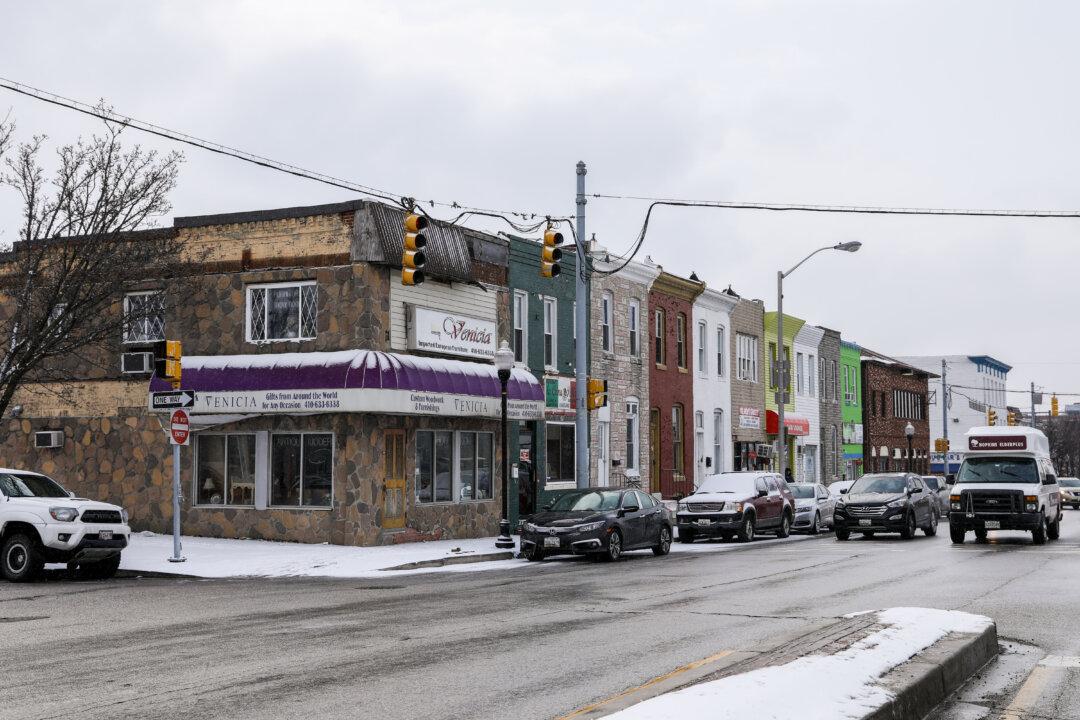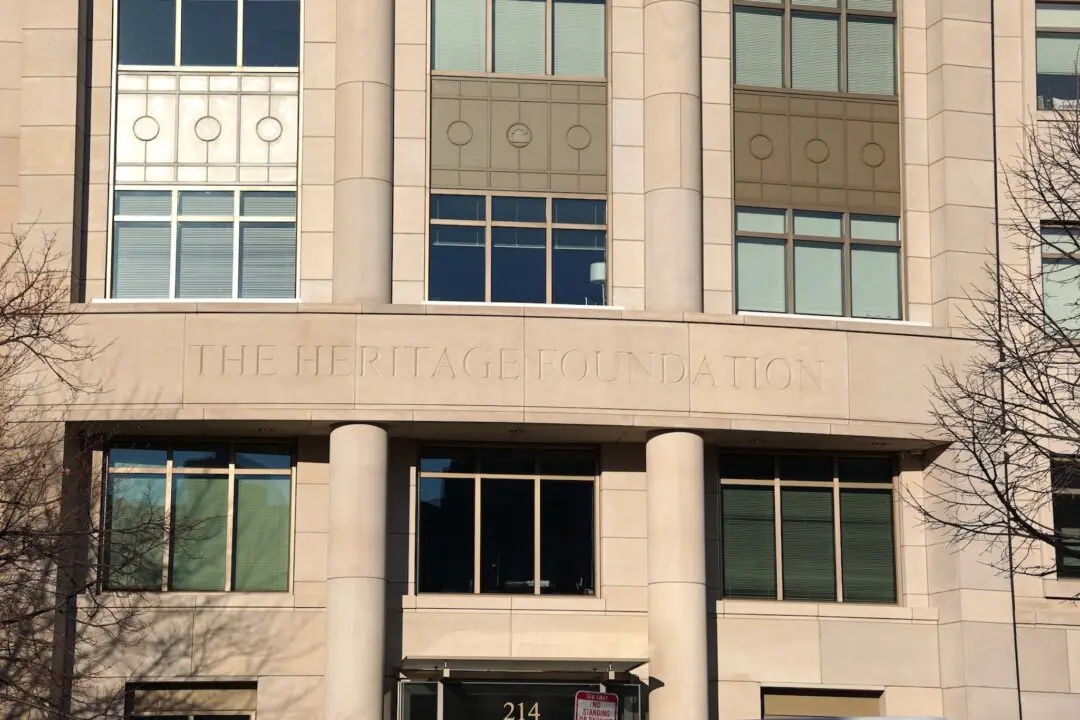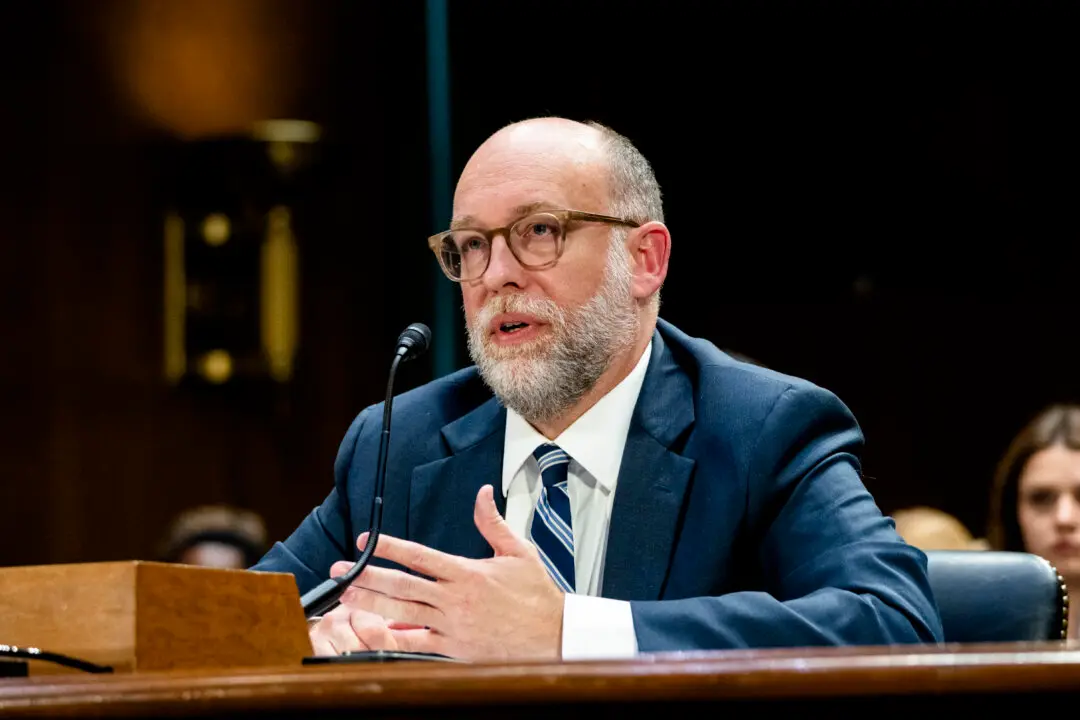WASHINGTON—Early results of the opportunity zones program—which has attracted tens of billions of dollars to low-income communities—are promising, and policy improvements are necessary to maximize its contribution to the economic recovery from the pandemic, according to an advocacy group.
A wide range of private investments have taken advantage of tax breaks provided through the opportunity zones, a bipartisan initiative that was created by the 2017 Tax Cuts and Jobs Act.





